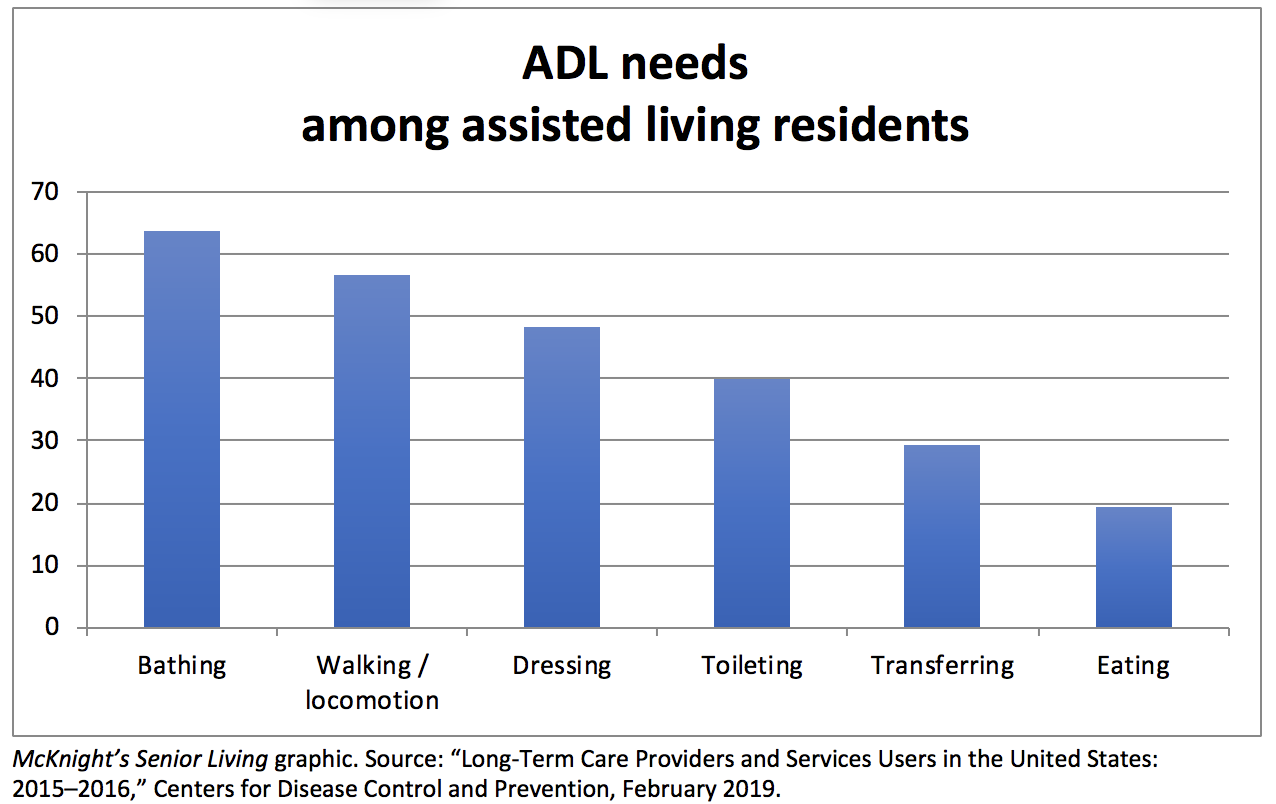Nuance Audio is a new option for people who resist traditional aids, from the company that makes Ray-Bans and operates LensCrafters.
Seekers of Meaning Podcast Posted Online March 7, 2025
What's Next Longevity Deal Talk Episode 32, January, 2025
Presentation: What's Next Longevity Venture Summit, June, 2025

 For too many years, high quality data about care of seniors has been elusive. Lack of standardization of technology platforms – or lack of care platforms altogether – hobbled the care industries -- senior living, home care, home healthcare. Yet the merger and acquisition of companies in other industries ultimately results in consolidation of data. Platforms matter—they enable data standardization which in turn fuels growth. Consider Jet Blue’s interest in buying Spirit, getting planes and pilots(infrastructure) that match its current business. Consider Optum’s acquisition of Amedisys home health business. Note its 2015
For too many years, high quality data about care of seniors has been elusive. Lack of standardization of technology platforms – or lack of care platforms altogether – hobbled the care industries -- senior living, home care, home healthcare. Yet the merger and acquisition of companies in other industries ultimately results in consolidation of data. Platforms matter—they enable data standardization which in turn fuels growth. Consider Jet Blue’s interest in buying Spirit, getting planes and pilots(infrastructure) that match its current business. Consider Optum’s acquisition of Amedisys home health business. Note its 2015 

 The Census knows the growth and potential explosion of care needs and older adults. Consider
The Census knows the growth and potential explosion of care needs and older adults. Consider